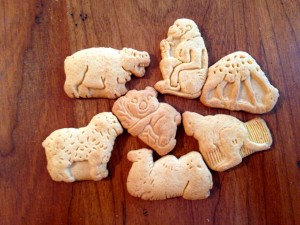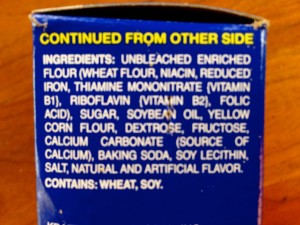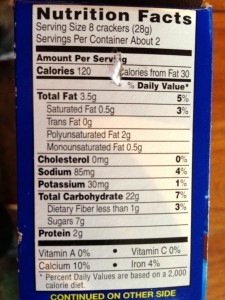It’s a week into the New Year. Your pants are uncomfortably tight and the number on the scale is in the wrong zip code. Trying to right the ship did you resolve – swear — to never again eat another chocolate chip cookie? Or maybe you’ve taken an oath to lay off potato chips forever or to go to the gym six days a week at 6AM.
Resolutions Can Be Tricky
Count yourself among the legions of people who have a specific end game in mind and then set broad – huge – resolutions and goals to try to get there. Unfortunately, those resolutions and goals usually aim for perfect achievement – something that’s virtually impossible to accomplish.
Aiming For Perfection
Be honest. You know that aiming for perfectionmeans lining yourself up for a big time fall. Inevitably, you end up feeling awful when you step over the theoretical line – or maybe it’s more like you fall off the cliff. Why must pursuit of a goal be done that way? Perfection, in this case, is really the enemy of good. In the real world, isn’t movement toward achieving your goal good enough?
Two Tips
1. Ditch the all-or-nothing thinking and overly ambitious goals. Drastic changes usually don’t sync with daily life and probably won’t last more than a few weeks. Cycle through the drastic changes often enough and you solidly embed a “no can do” attitude in your brain. Remember, your less than ideal behaviors have taken time to develop and replacing them with more ideal, healthier ones takes time, too. Don’t reassess/alter everything at once. Instead, work toward changing one thing at a time. Human brains don’t like too much disruption all at once – they like their familiar way of doing things. Pick one thing at a time and create a new habit around it. Then go on to the next thing on your list.
2. Not having succeeded before doesn’t mean you won’t succeed this time. Everyone has made and broken resolutions. We’ve all tried to lose weight or eat more fruit and veggies. Adopt a positive attitude and frame your resolution in positive terms. “I will eat vegetables instead of French fries twice a week” or I’ll have cereal only on Saturday mornings” is much more positive than “I’ll never eat French fries or cereal again.” It’s easier to put a new habit in place than to change an old one, so embed the positive behavior not the negative one.
30 Days Of Usable Tips And Strategies
For the next 30 days check in daily at EatOutEatWell.com for a practical, usable tip of the day to help you on your way to achieving – and keeping – your resolutions and goals.






